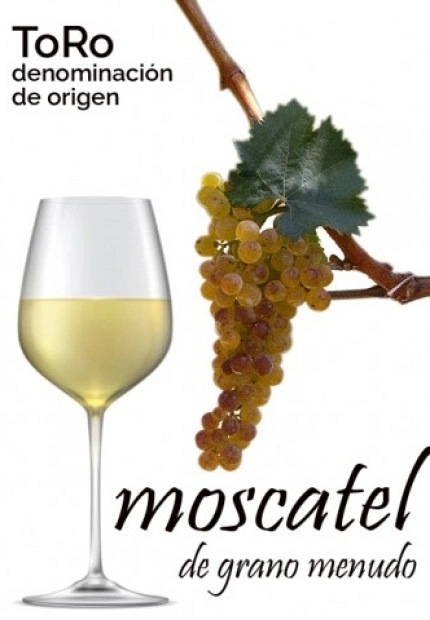Muscat, small grain. A great unknown
The Small Grain Muscat grape variety, also known as Muscat Blanc à Petits Grains, is a strain that stands out for its distinctive aromatic profile and its history dating back to ancient times. Originally from the Mediterranean region, this strain has found a special place in global viticulture, standing out for its small, sweet grapes that add uniqueness to various wine styles.
The origin of Small Grain Muscat is located in the Mediterranean basin, with evidence of its cultivation dating back to ancient Greece and Rome. This strain has been appreciated throughout history for its fragrant floral bouquet and its ability to produce wines with intense aromas and flavors.
Distinctive characteristics of Small Grain Muscat include compact clusters and small, round grapes. These grapes are known for their thick skin and pronounced aromas, which can range from floral, citrus and honey notes to hints of spice. The high concentration of natural sugars in these grapes contributes to wines that are often sweet or dessert, although they are also used in the production of dry and sparkling wines.
This variety is grown in various wine regions around the world, benefiting from warm and sunny climates that favor its optimal development. Among the most prominent places where Small Grain Muscat is grown are the south of France, especially the Languedoc region and the Rivesaltes area, known for its sweet Muscat wines. In Spain, the Malaga region is famous for its Moscatel wines, which exhibit remarkable richness and complexity. In the Toro region, Muscat has recently been recognized by the regulatory council, but it is a very ancient tradition to make the best wines with this variety.
The versatility of the Small Grain Moscatel is manifested in the diversity of wines that are made with this strain. Sweet wines, often called “dessert wine,” are known for their seductive character and notes of honey, apricot, and orange blossom. These wines can range from light and fresh styles to more intense and aged wines.
In addition to sweet wines, Small Grain Moscatel is also used in the production of dry and sparkling wines. In some cases, dry wines with pronounced floral aromas and refreshing acidity are made. In the field of sparkling wines, this strain contributes its distinctive aromatic character to Moscato sparkling wines, which have gained popularity for their light and festive profile.
The versatility and charm of Moscatel de Grano Pequeno have allowed this strain to cross borders and continue to captivate wine lovers around the world. From dessert wines in the south of France to sparkling wines in Italy, the aromatic richness and small but mighty grapes of this variety contribute to the diversity and complexity of the wine world.

